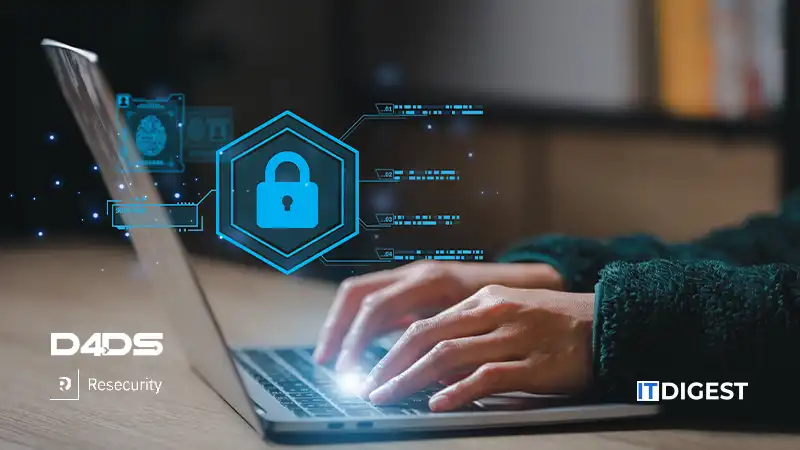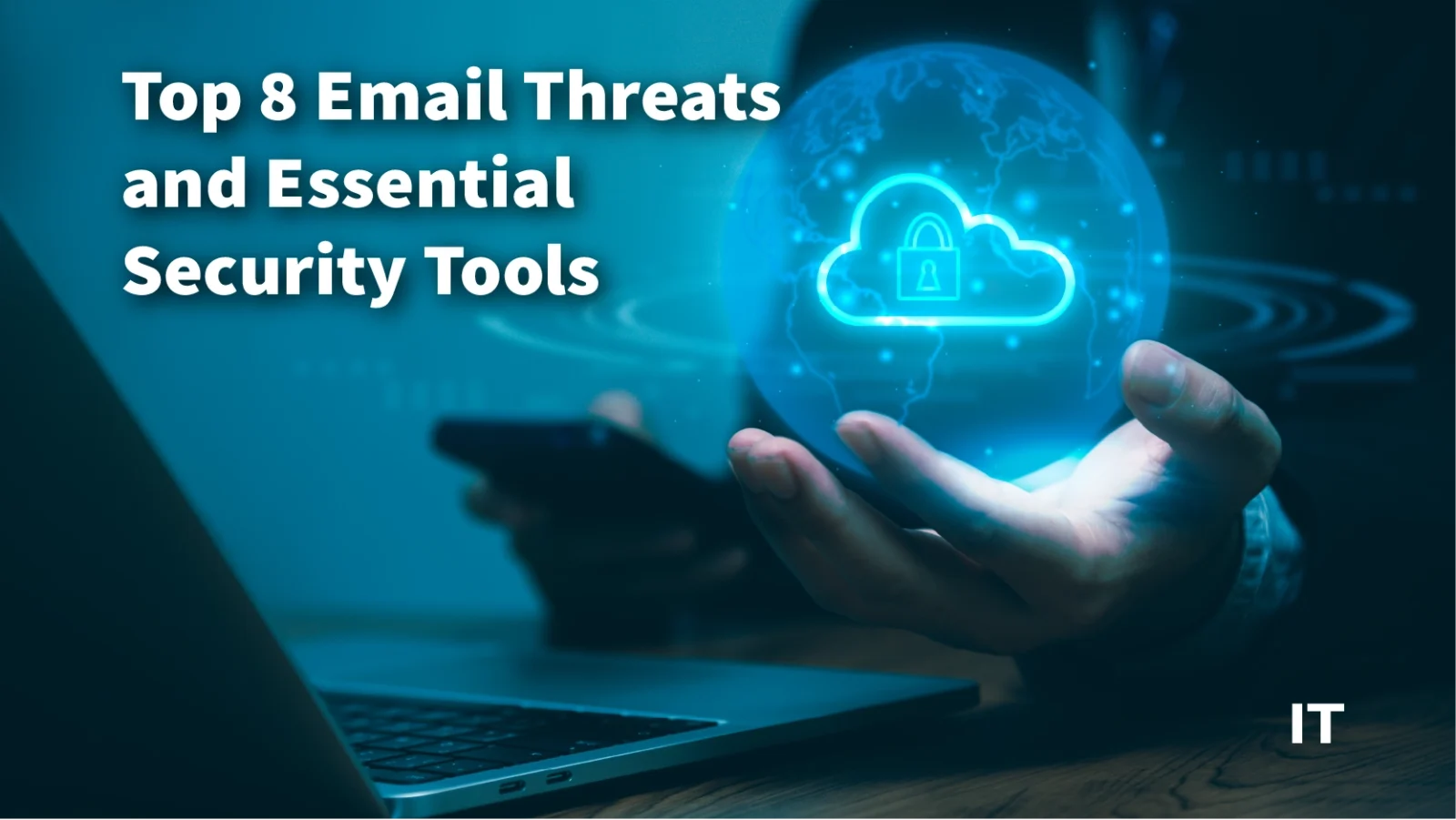Since the pandemic, hybrid and remote work has become the norm. This has exposed businesses to major cyber threats and risks. Malicious actors are constantly seeking to compromise the email security of the workforce to breach the business network and carry out a number of fraudulent activities. With a sizeable number of people working remotely, it is now easier for threat actors to launch a full-blown cyberattack by using email as a vector.
This blog covers email security, the top email attack vectors, and the best email security tools to help remote workers secure their data more efficiently.
What is Email Security?
Email security is a proactive set of measures used to protect remote email communications. It ensures the privacy, integrity, and accessibility of messages. It is also a critical aspect of protecting all organizations and their workforce. Adopting email security strategies helps prevent unauthorized access that may cause unwarranted data breach. It helps to detect and block malicious emails, which safeguards transmission of sensitive data.
Cybercriminals seek to exploit email as a vector to deploy malware and steal data. They also use this vector to launch phishing and ransomware attacks. This approach manipulates users to consent to sharing confidential information. Hybrid work models put organizations at risk of cyberattacks, their remote workforce being a prime target. Therefore, companies deploy email security tools to safeguard against potential malicious attempts. Email security tools for remote teams allow businesses to secure remote communication. The best email security systems are designed to safeguard the ever-evolving landscape of email-borne attack vectors.
Now that you have a background of what email security is, let us have a look at the top email attack vectors that cybercriminals use to penetrate the business network.
Top 8 Email-Borne Attack Vectors
While the tech evolution has helped legit businesses grow, it has also enabled threat actors to launch more and more sophisticated and difficult-to-detect email attacks. Let us take a look at a few of the most common types of attacks in brief:
1. Phishing Attacks
As more people rely on email for work communication outside the office, it becomes easier for attackers to send fraudulent emails disguised as urgent messages from colleagues or employers. Often under pressure, remote workers may be more likely to click on a malicious link without verifying its legitimacy.
2. Spyware
A remote workforce may use personal devices or unsecured networks, making it easier for attackers to install spyware. Without the protection of a corporate firewall, monitoring tools, or IT assistance, users may not realize their activity is being tracked until it’s too late.
3. Brute Force Attacks
Working from home often means managing multiple accounts and platforms, which can lead to weaker, reused passwords. This makes brute force attacks more effective as remote workers balance convenience with security.
4. Password Spraying
With more accounts being accessed from outside the company’s secure network, attackers have a larger target pool. They can use common passwords across many accounts, hoping that one will grant them access, especially if remote workers aren’t using strong, unique passwords.
5. Credential Stuffing
Organizations with poor credential hygiene are more likely to use the same credentials across personal and professional accounts. If one of their personal accounts is breached, attackers can easily use those credentials to break into their work email.
6. Social Engineering
Remote workers often rely heavily on email and messaging platforms, making them prime targets for attackers impersonating IT staff or colleagues. They may not have the option to verify the legitimacy of requests face-to-face, making social engineering attacks more convincing.
7. Malware-based Attacks
Without the secure environment of an office network, remote employees may unintentionally download malware from phishing emails or compromised websites. This can lead to stored credentials being stolen or keystrokes being logged while they work.
8. Session Hijacking
If employees working remotely use public or unsecured Wi-Fi networks, they are at higher risk of session hijacking. Attackers can exploit vulnerabilities in these networks to steal session tokens, allowing them to gain access to email accounts without the need for a password.
These are the top attack vectors that cybercriminals use to accomplish their malicious goals. With a clear understanding of the top email threats, let us explore the top three email security tools for protecting remote teams.
Also Read: A Holistic Guide To Data as a Service (DaaS)
Top 3 Email Security Tools for Remote Teams
The best email security tools for remote workers enable enterprises with features such as using strong, unique passwords, multi-factor authentication, and staying vigilant. Below are the 3 best email security tools for remote teams:
1. Check Point
Check Point offers a comprehensive email security solution designed to safeguard organizations from various email-based threats, including phishing, malware, and spam. This email security tool is part of their broader Harmony Email & Collaboration suite. It has been enhanced with numerous features to address the evolving landscape of cyber threats.
2. Proofpoint
Proofpoint provides a robust email security solution designed to protect organizations from a wide range of email-based threats such as business email compromise (BEC). Their approach emphasizes a human-centric strategy. The company focuses on protecting users and their data while minimizing the impact on productivity.
3. Mimecast
Mimecast provides an email security solution designed to secure organizations from a variety of email threats including data leaks. They offer a multi-layered approach to security. Mimecast integrates advanced technologies and educates users to safeguard email communications effectively.
In conclusion, the shift to remote work has expanded the attack arena for cybercriminals. Using email protection for remote workers makes cybersecurity practices more robust. Keeping security on top of the mind ensures your remote team stays protected from email-related cyber threats.
































